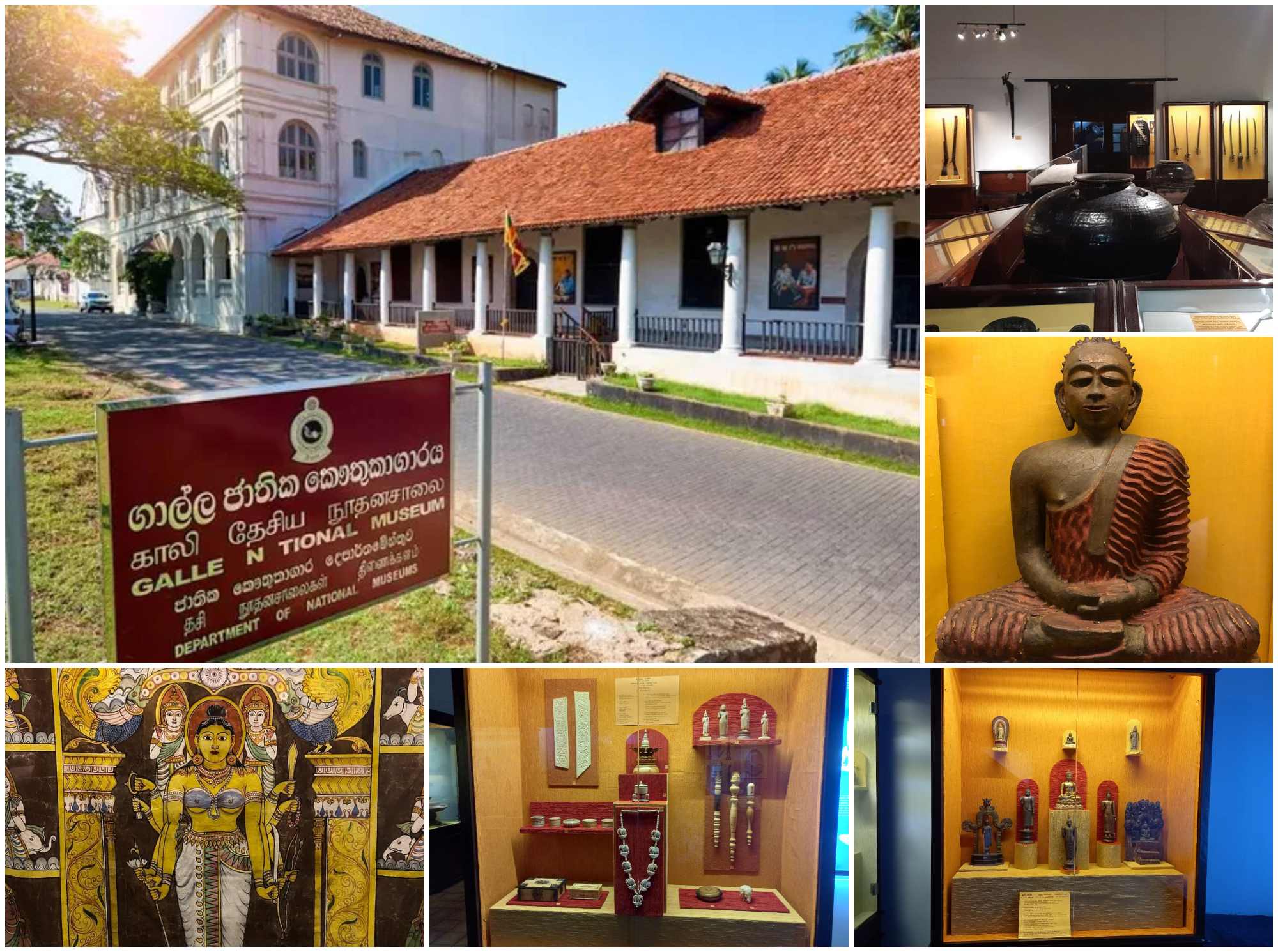
From the Main Gate, go left at the roundabout to reach one of Fort’s two main north–south thoroughfares, the atmospheric Church Street , named after a long-demolished Dutch church. A gorgeous old colonial building near the top of the street holds the National Museum , a wildly over-optimistic name for three dark rooms of rather sorry-looking exhibits which give only the finest sense of the unique and quite expensive items which would formerly have passed through Galle’s harbour. The large and rather stately white building next door to the museum was initially built for the Dutch governor in 1684; it was consequently transformed into the venerable New Oriental Hotel in 1863 and then, following a massive makeover, reopened in 2005 as the ultra-luxurious hough the exterior has survived pretty much unchanged.
Almost next door, the atmospheric and beautifully restored Dutch Reformed Church is Galle’s most absorbing colonial building. Built on the site of an earlier Portuguese Capuchin convent, the present structure was completed around 1755. The graceful and slightly Italianate lines of the facade belie the severity of the interior, where only decorative credits are considered the enormous canopy over the pulpit and the attractive organ loft, reached by an elegant flight of stairs. The floor is covered in ornately carved memorials to the city’s Dutch settlers, the earlier examples in Dutch (moved here from two earlier Dutch cemeteries which were dismantled by the British in 1853), later ones in English, many of them bearing witness to the lamentably brief life expectancy of Ceylon’s early European colonists. Most striking, however, is the carved memorial, hanging on the southern wall, to E.A.H. Abraham, Commander of Galle, complete with a little skull, a medieval-looking armored helmet and the remains of his baptism shirt.
A few steps further down the way is arundown but still operatingpost office, whose Dickensian-looking interior is worth a peek. Diagonally opposite stands Queen’s House, originally the offices of the Dutch city governor and now owned by Amangalla. south of here is the Fort’s principal Anglican place of worship, All Saints’ Church, a Romanesque basilica-style setup whose short tower provides one of the area’s most distinctive landmarks. The church was begun in 1868 on the site of a previous courthouse the town’s gallows might have stood on the site of the current high altar; otherwise, the bare indoors gives disappointingly little insight into the old days of the British in Galle.
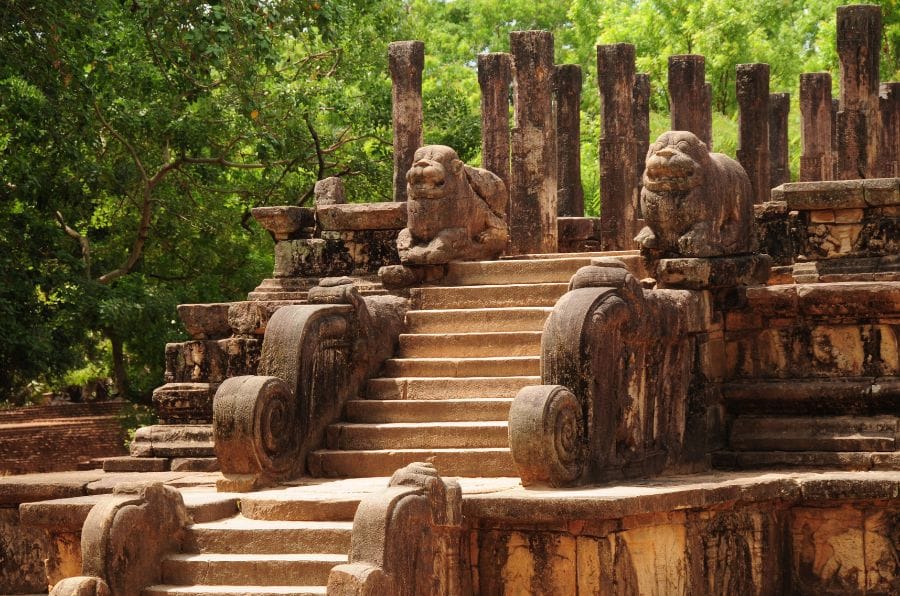


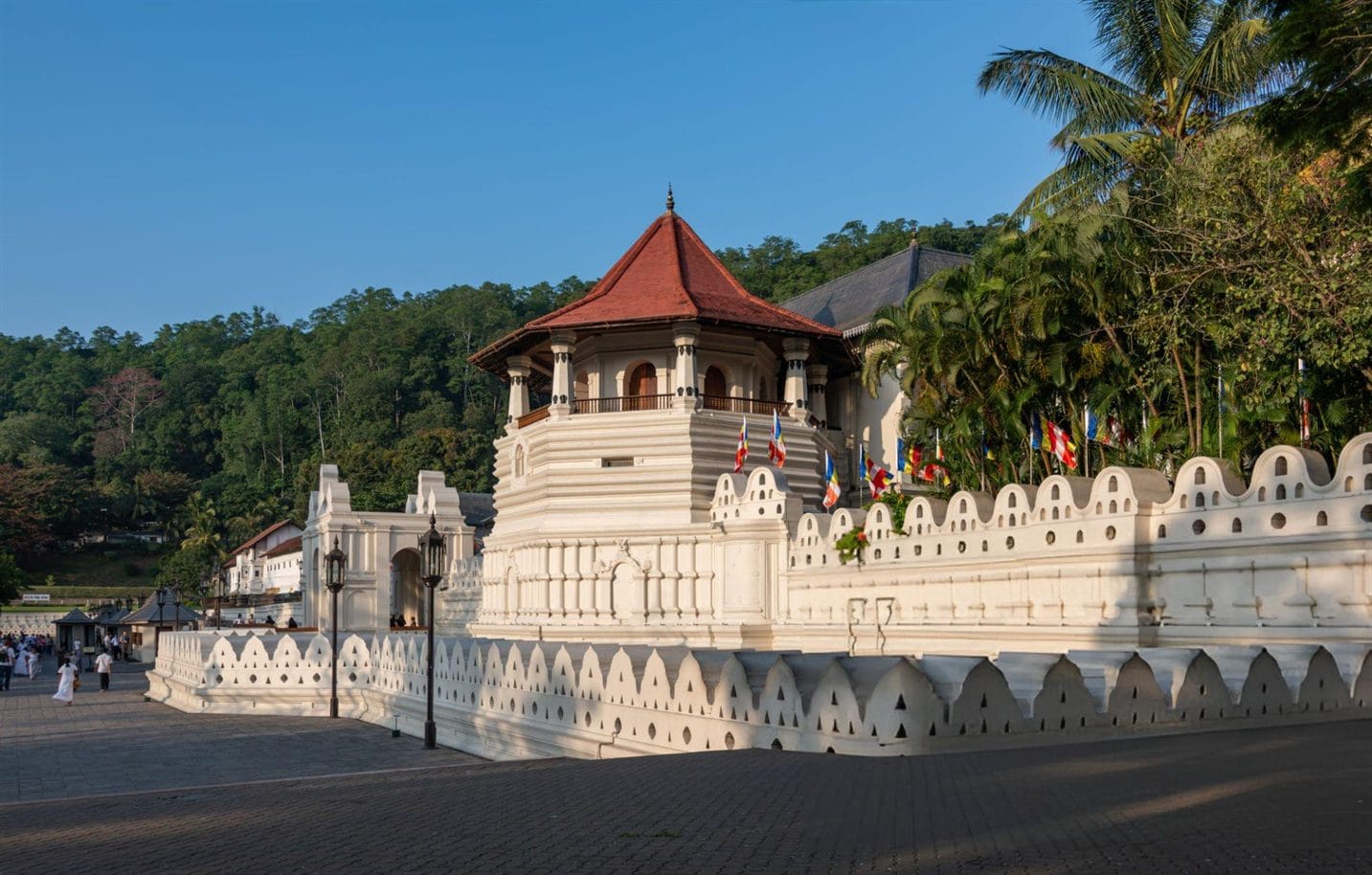
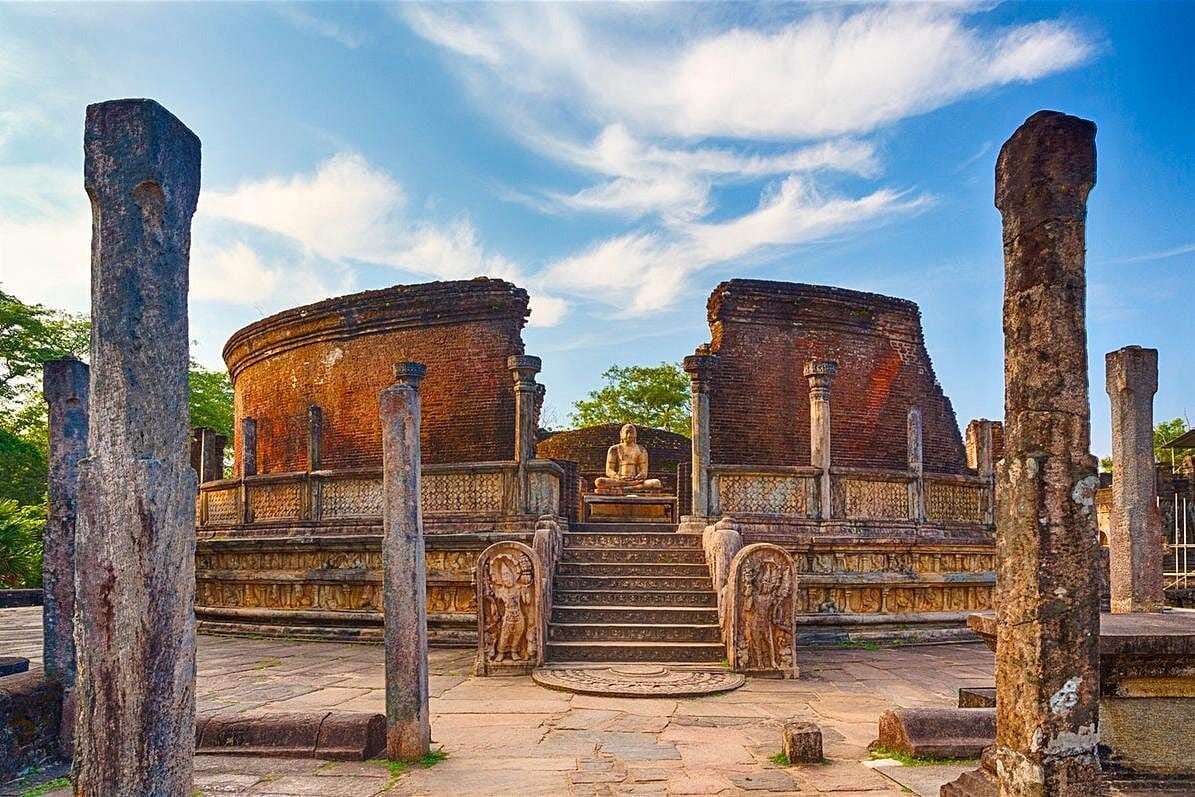


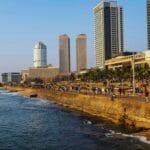




Leave a comment: